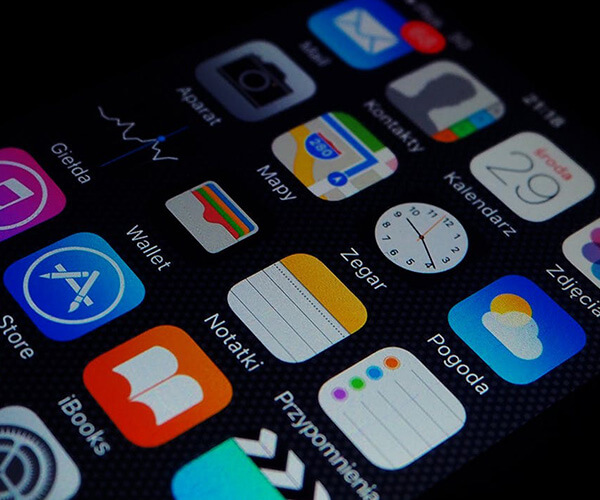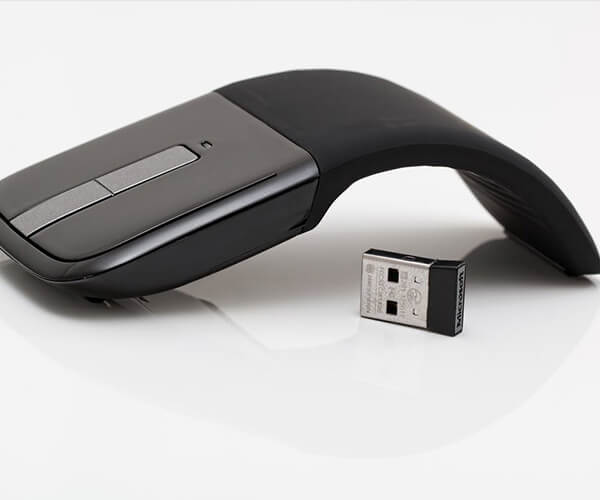

The Role of Science Communication in Times of Crisis: Best Practices for Communicating Scientific Information During Public Health Emergencies
In early 2020, as the world grappled with the emergence of COVID-19, a small group of scientists and public health officials gathered in a conference room to strategize their communication efforts. Misinformation was spreading rapidly on social media, leading to confusion and fear among the public. As they reviewed the latest research findings, they realized that effective science communication would be crucial in guiding public behavior and policy decisions. This pivotal moment highlights the essential role of science communication during crises, particularly in public health emergencies. Effective science communication is not just about disseminating information; it involves crafting messages that resonate with diverse audiences, building trust, and encouraging appropriate actions. This article explores the best practices for communicating scientific information during crises, drawing on lessons learned from past public health emergencies and current research.
Understanding the Importance of Science Communication in Crises
The Impact of Misinformation
Misinformation can have dire consequences during a public health crisis. Inaccurate information about the transmission of COVID-19, for example, led to widespread panic and ineffective protective measures. The rapid spread of false narratives can undermine public trust in health authorities and hinder efforts to control outbreaks.
- Case Study: COVID-19 : The World Health Organization (WHO) declared COVID-19 a pandemic in March 2020. As misinformation proliferated, including false claims about treatments and preventative measures, health officials struggled to provide accurate guidance. Effective science communication became essential to counteract these narratives and promote evidence-based practices.
Building Public Trust
Trust is a critical component of effective communication during crises. When the public trusts the sources of information, they are more likely to adhere to recommendations and guidelines.
- Transparency and Honesty : Communicators must be transparent about what is known and what remains uncertain. For instance, during the early stages of the COVID-19 pandemic, health officials openly acknowledged that knowledge about the virus was evolving. This honesty helped build credibility and trust among the public.
Best Practices for Science Communication in Crisis Situations
The IDEA Model
The IDEA model—developed by Professors Deanna and Timothy Sellnow—provides a framework for effective crisis communication. It consists of four key components: Internalization, Distribution, Explanation, and Action.
- Internalization (I) : Messages should resonate with the audience's values and experiences. Understanding the community's concerns allows communicators to tailor their messages effectively.
- Distribution (D) : Utilizing multiple channels to disseminate information ensures that messages reach diverse audiences. Social media platforms, traditional media outlets, and community organizations can all play vital roles in spreading accurate information.
- Explanation (E) : Clear explanations are essential for helping audiences understand complex scientific concepts. Using simple language, analogies, and visuals can enhance comprehension, especially when addressing non-expert audiences.
- Action (A) : Encouraging specific actions is crucial during crises. Communicators should provide clear guidance on what individuals can do to protect themselves and their communities—such as practicing social distancing or getting vaccinated.
Engaging Stakeholders
Collaboration between scientists, policymakers, and communicators is vital for effective science communication during crises.
- Interdisciplinary Collaboration : Engaging experts from various fields—such as epidemiology, psychology, and communication—can lead to more comprehensive strategies for addressing public concerns.
- Community Involvement : Involving community leaders and organizations in communication efforts helps ensure that messages are culturally relevant and resonate with local populations.
Utilizing Technology for Effective Communication
The digital age presents both challenges and opportunities for science communication during crises.
- Social Media Engagement : Social media platforms allow for real-time engagement with the public. Health organizations can use these platforms to share accurate information quickly while also addressing misinformation directly.
- Webinars and Online Resources : Hosting webinars or creating online resources can facilitate direct interaction between scientists and the public. These formats allow for questions to be addressed promptly while providing valuable insights into complex topics.
Lessons Learned from Past Crises
The Ebola Outbreak
The Ebola outbreak in West Africa (2014-2016) serves as a critical case study for understanding effective science communication during health emergencies.
- Community Engagement : Health officials recognized early on that local communities needed to be involved in response efforts. Engaging community leaders helped build trust and facilitated the dissemination of accurate information about prevention measures.
- Cultural Sensitivity : Understanding local customs and beliefs allowed health communicators to tailor messages effectively. For instance, addressing cultural practices related to funerals was crucial in preventing virus transmission.
The Zika Virus Outbreak
During the Zika virus outbreak in 2015-2016, effective communication strategies were vital in educating the public about prevention methods.
- Clear Messaging : Health organizations provided clear guidelines on how individuals could protect themselves from mosquito bites and prevent Zika transmission during pregnancy.
- Visual Campaigns : Infographics and visual campaigns were used to convey information quickly and effectively, reaching populations with varying literacy levels.
Conclusion
The role of science communication in times of crisis cannot be overstated; it is essential for guiding public behavior, building trust, and mitigating misinformation. By employing best practices such as the IDEA model, engaging stakeholders effectively, and utilizing technology strategically, communicators can enhance their efforts to inform the public during emergencies. As demonstrated through historical case studies like Ebola and Zika, effective science communication can save lives by ensuring that accurate information reaches those who need it most. In an increasingly complex world where misinformation spreads rapidly, fostering clear channels of communication between scientists, policymakers, and communities will be vital for navigating future public health crises successfully. By prioritizing effective science communication strategies today, we can better prepare for tomorrow's challenges—ensuring that science remains a beacon of hope amid uncertainty.







